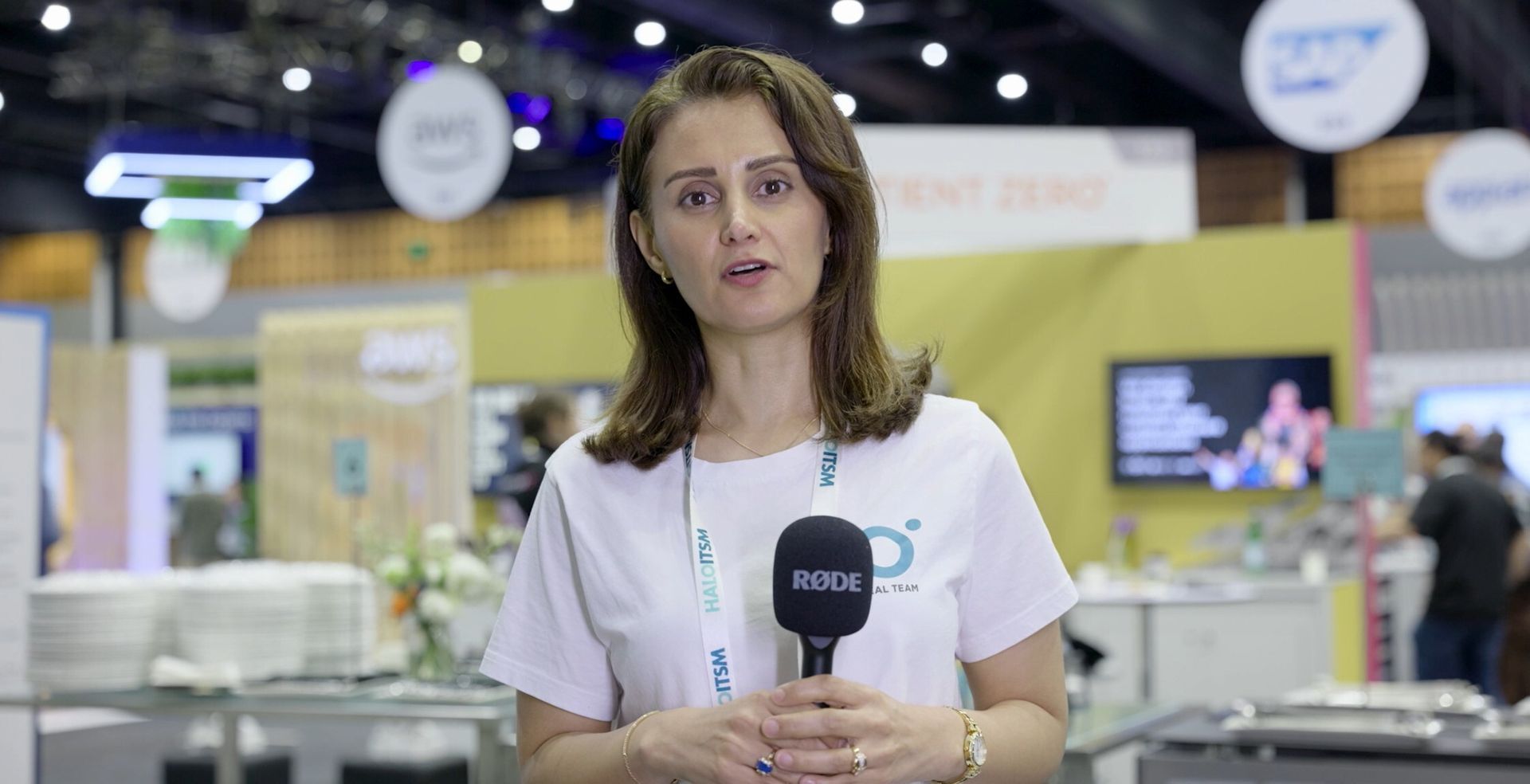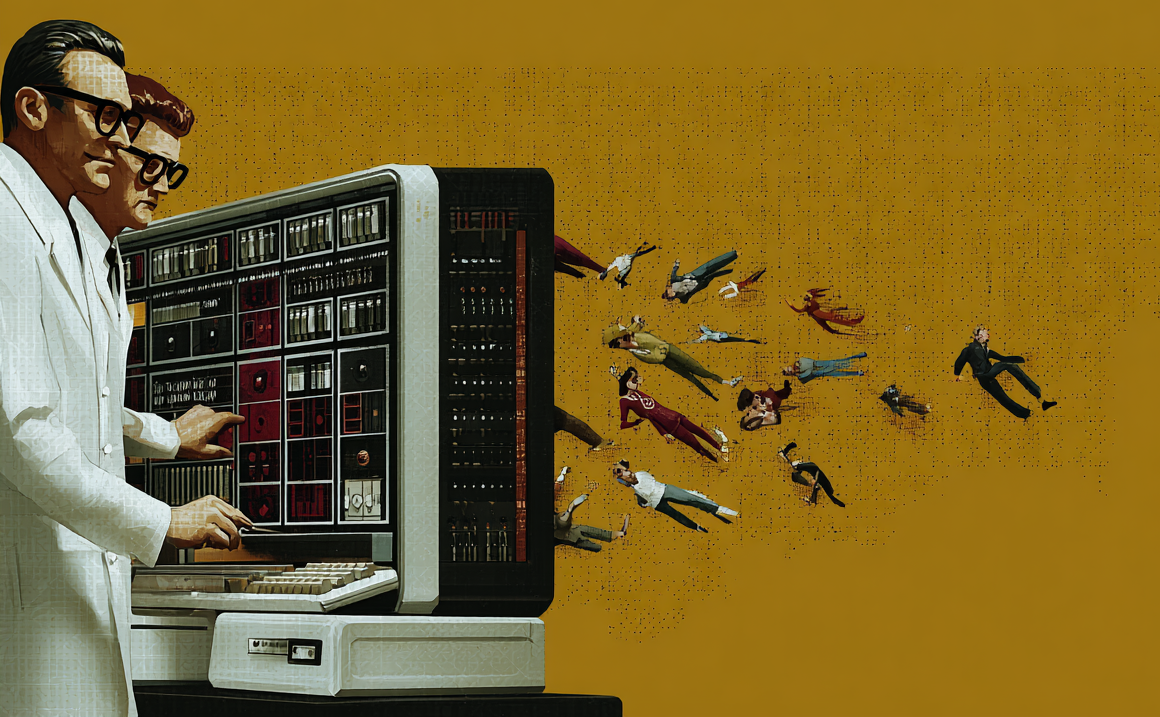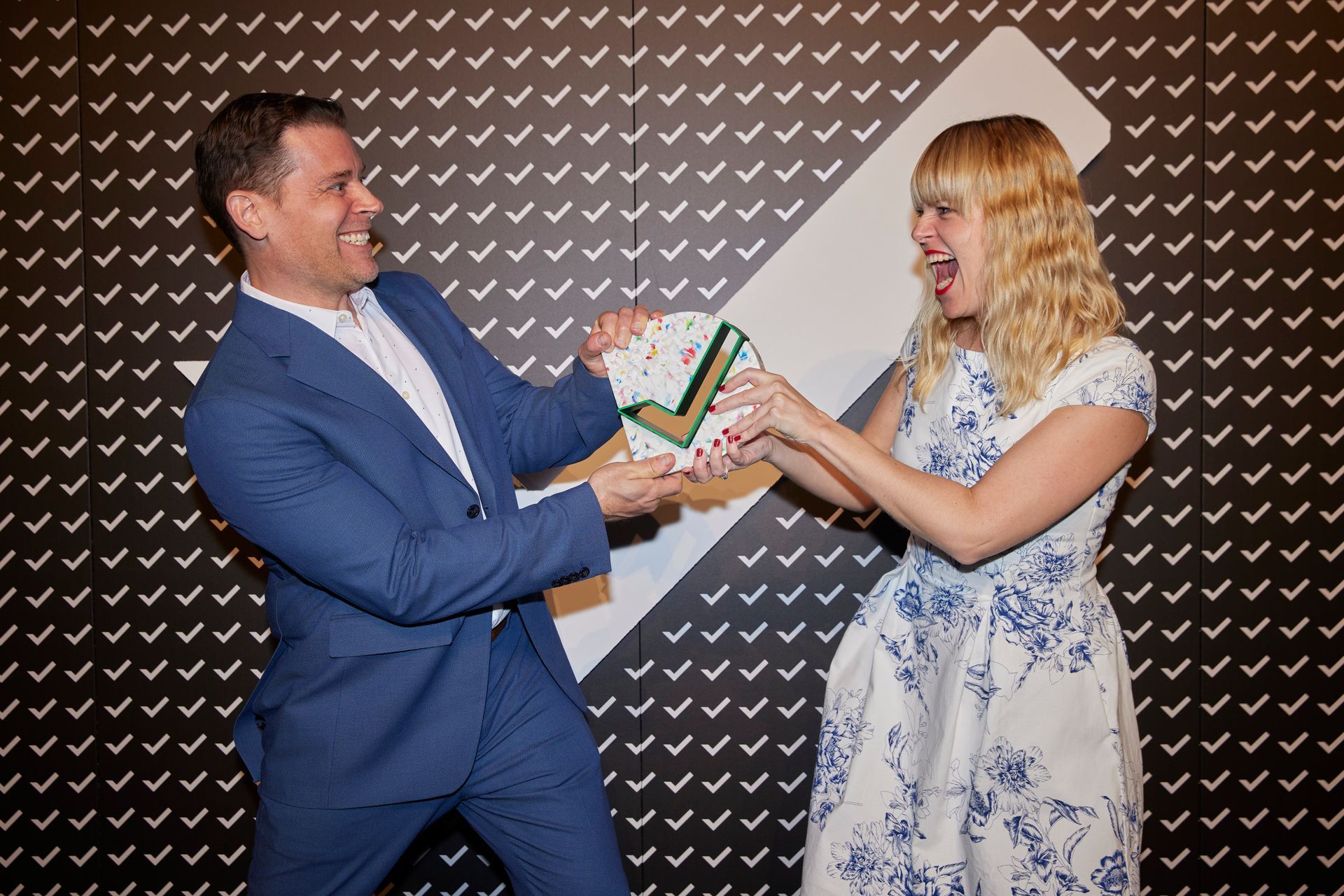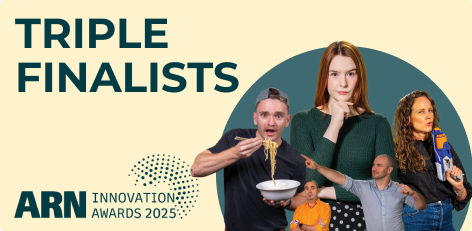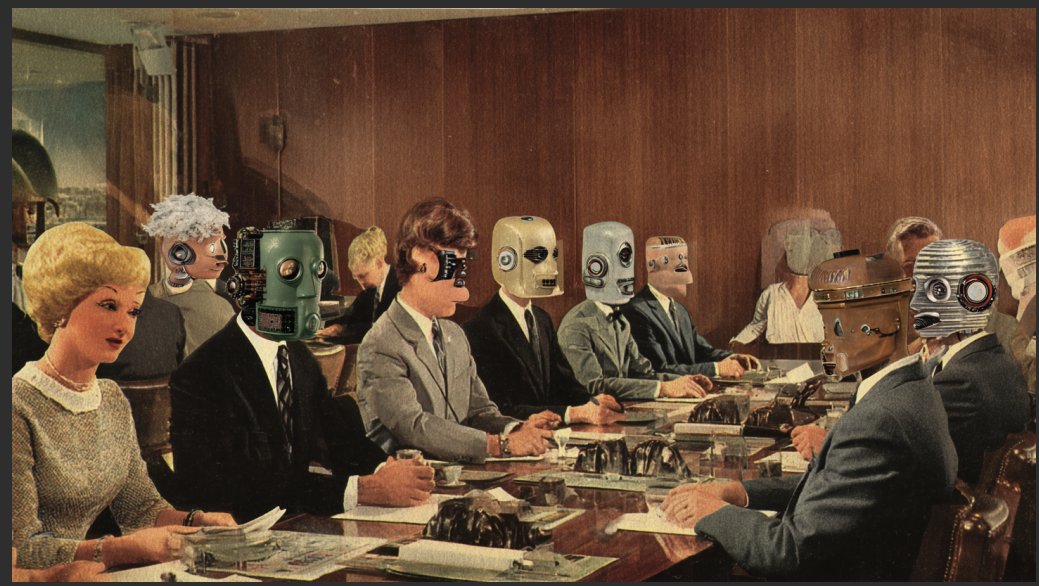Patient Zero scoops Good Design Award
Patient Zero is proud to receive a prestigious Good Design Award, recognising the outstanding digital innovation and design impact of our Birrunga Gallery AR app.
The immersive AR experience was launched earlier this year at Brisbane’s Birrunga Gallery — on Meanjin land — and allows visitors to interact with, and hear directly from, the First Nations artists whose works are on display.
The Australian Good Design Awards are the country’s oldest and most prestigious international awards for design and innovation.
Patient Zero received an award in the Digital Design category, with the jury praising the Brisbane-based application development company for sticking to its best-in-class design principles throughout the project.
“The Birrunga Gallery app uses intentional digital design to create an immersive augmented reality experience that preserves and shares Indigenous artwork,” the Jury said.
“The community connections achieved through the app makes it clear that the teams’ guiding principles were deeply respected and successfully upheld.”
Patient Zero’s Principal Experience Manager Demelza Green said the app could reshape the way we tell stories of cultural significance in the future.
“We’re delighted that our commitment to design best practices and digital innovation has been recognised with this award,” she said.
“We are really proud to have created a unique application that delivers a memorable experience that unites artists and app users through a shared cultural experience and preserves stories for future generations.”
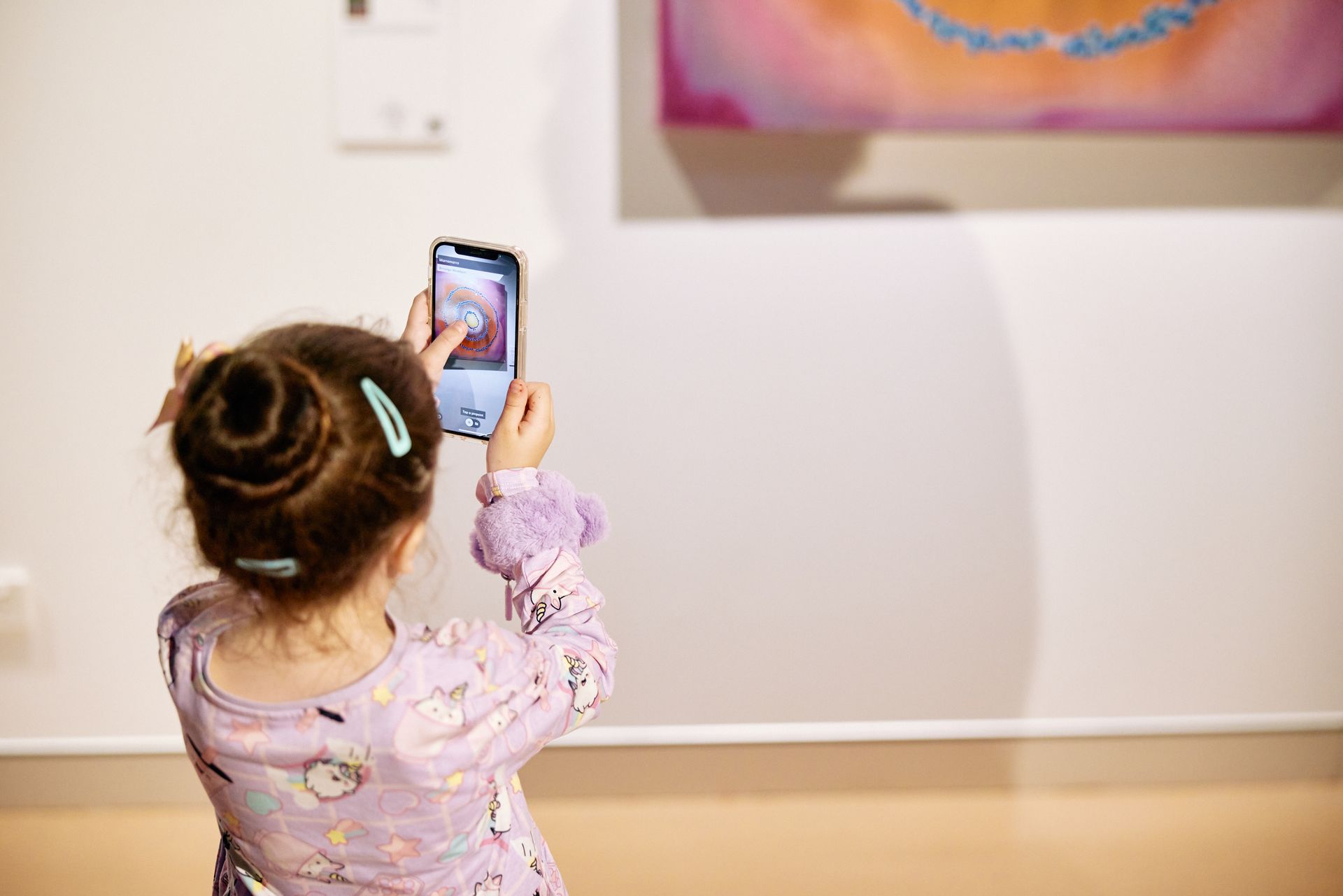
A user-centred design process
Demelza Green said Patient Zero’s user-centred approach had been infused into every stage of the design process for the app.
“Throughout the design process, we remained focused on our design principles, including not using technology just for the sake of it,” she said.
“Our goal was to create a user-centred experience to enhances visitors' engagement with the artwork, rather than detracting or distracting from it.
“We explored various video production techniques — 2D, 3D, and stereoscopic 180-degree 3D videos— to bring the artists' stories to life.
“We also had to be forward-thinking, carefully considering the costs of producing and maintaining the app, given that the gallery artwork changes every six weeks, and ensured we created a flexible and sustainable solution.”
Birrunga Gallery Founder and Principal Artist Birrunga Wiradyuri, a Wiradyuri man, said the app lets First Nations people tell important stories on their own terms.
“The Birrunga Gallery AR App provides an unprecedented opportunity for us to engage with our visitors directly,” he said.
“Utilising augmented reality, we can use our voices, tell our stories, speak directly with visitors in an intimate, interactive and immersive experience.
“You just can’t capture the nuances of our cultural exhibit in a label. With this app, visitors don’t just gain an understanding of an artwork, they experience it.”
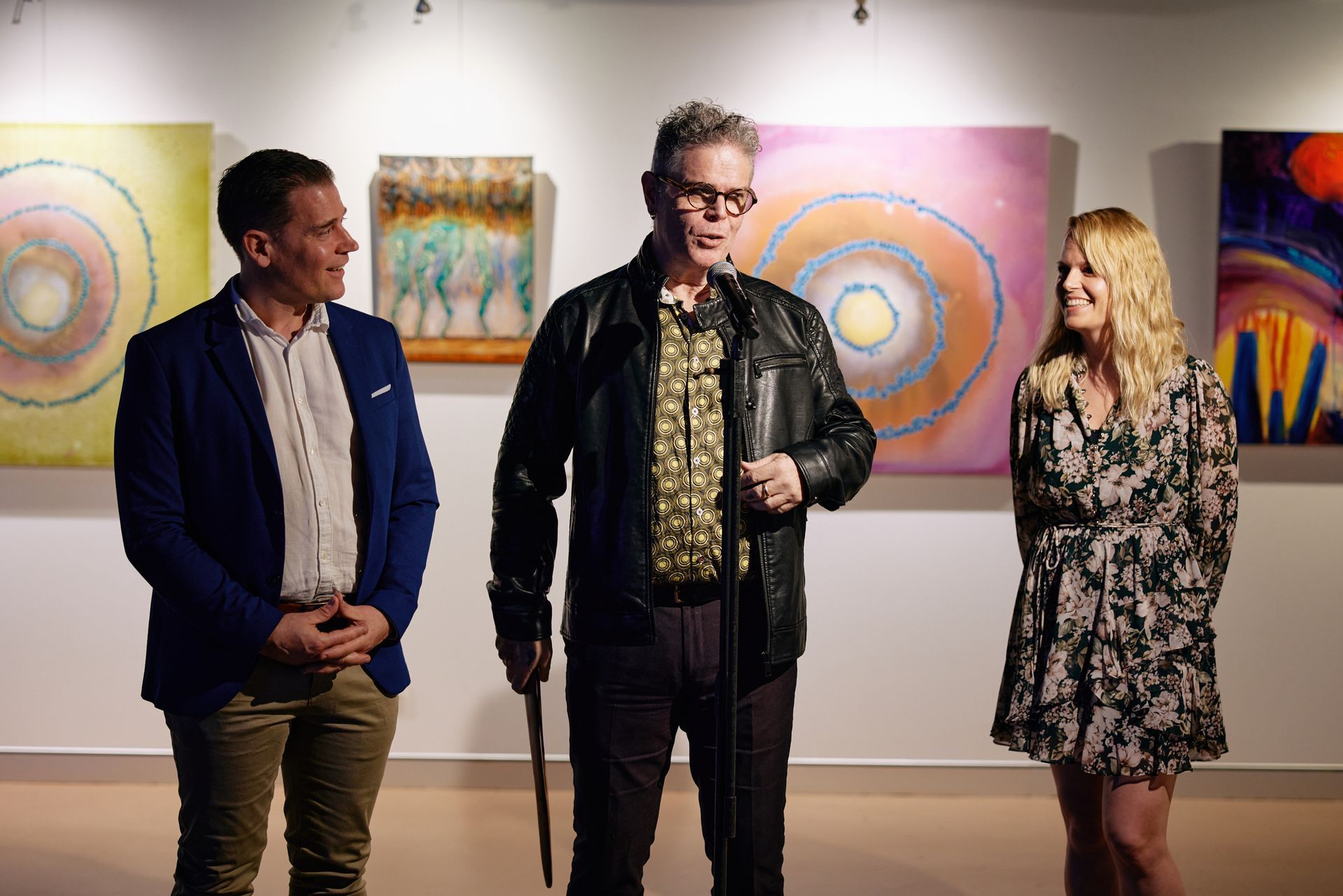
Share This Post
Get In Touch
Recent Posts
